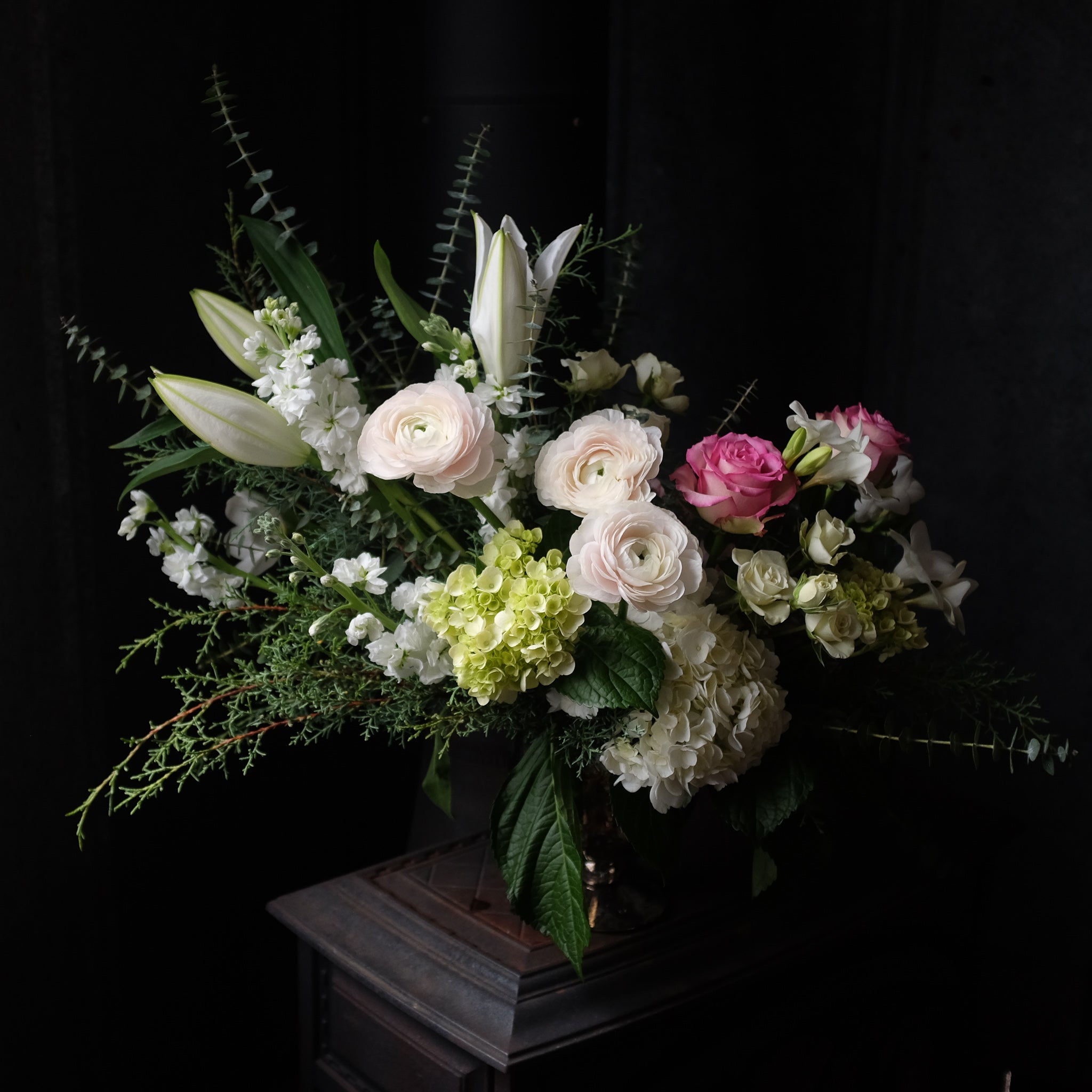There is no mark of approval more satisfying for the gardener than that of the butterfly. And there is no plant more attractive to the esteemed Monarch butterfly than Asclepias. Asclepias, named after the Greek god of healing, is commonly known as milkweed, and is a vital link in the lifecycle of the Monarch butterfly.
This perennial flowering plant has over 200 existing species, including several that are particularly well suited to the Bluegrass, such as Asclepias syriacus (Common Milkweed), Assclepias curassavisa (Tropical Milkweed), Asclepias incarnata (Swamp Milkweed), Asclepias tuberosa (Butterfly Milkweed), and Aslcepias speciosa (Showy Milkweed). (Check our current Milkweed availability.) There are three particularly useful components to the Asclepias plant - the flower, the fiber, and the leaves. Native bees rely on the milkweed flower as an important source of nectar. The fiber found inside of the seedpods, dubbed the “Silk of America” has been used with mild success as hypoallergenic filling for pillows and winter coats and with greater success as a material for soaking up oil spills. And, most importantly for your butterfly garden, Monarchs and other closely related butterflies lay their eggs on the underside of the leaves, so that emerging caterpillars can hatch directly on their sole food source.
Monarchs have become notable for their drastic decline in the past two decades. Most Monarchs live an average of 4 weeks. However, each fourth generation lives for 6-8 months and makes the long-distance migration to southern North America, where they overwinter before retuning north to lay their first round of eggs for the coming warm season.
Here at Michler’s we love to talk all things Asclepias and butterflies. We would be happy to get you started with Asclepias plants or seeds, and appreciate your role in helping to restore this vital link in our native food chain.


